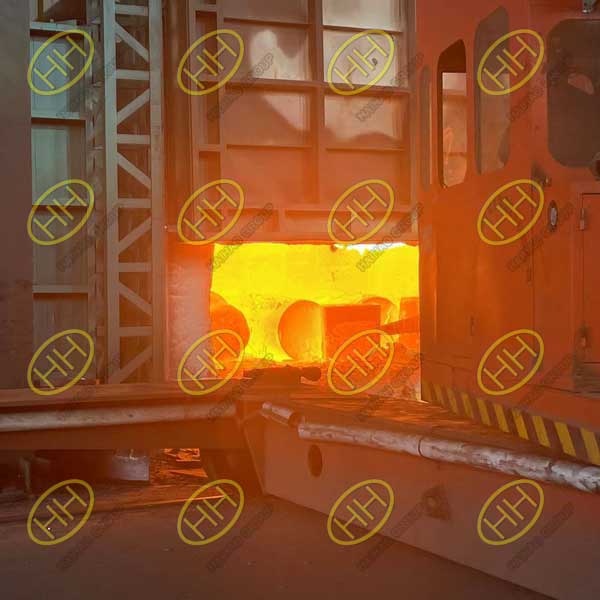Understand the differences between converter, open hearth and electric furnace steel smelting
In steel production, the melting method plays a crucial role in the quality and properties of the final steel product. In the order from the Iranian customer, the customer requested that the material of the seamless steel pipe be smelted using an electric furnace or electric furnace. In fact, in addition to these two smelting methods, there is also a converter process. Let us have an in-depth understanding of the unique characteristics of each method to better Understand their structure, working principle, advantages and disadvantages.
1.Converter
Structure: The converter is usually cylindrical in shape and made of steel plates. The furnace body consists of four parts: furnace shell, furnace base, furnace lining and furnace top.
Working principle: By blowing hot air and oxygen into the converter, the scrap steel is quickly melted and oxidized to produce high-quality steel. This method is usually used for steel smelting after blast furnace ironmaking.
Advantages and Disadvantages: The converter has fast processing speed and high production efficiency, but the cost of fuel and waste gas treatment is high, and the power consumption during the production process is also high.
2.Open hearth
Structure: The open hearth is divided into two types: bottom-blown open-hearth furnace and side-blown open-hearth furnace. Bottom-blown open-hearth furnaces are round, and side-blown open-hearth furnaces are rectangular.
Working principle: While blowing in gas, pig iron is added, and at the same time ore, lime, coke and other raw materials react at high temperature, and finally molten steel is obtained. Open hearth furnaces are mainly used to mine iron ore and then make iron.
Advantages and Disadvantages: Open-hearth furnaces have abundant sources of raw materials and stable smelting processes, but require a large amount of consumption of fuel and oxygen, and the production capacity is relatively low.
3.Electric stove
Structure: Electric furnaces are divided into two types: direct electric furnaces and induction electric furnaces. Their shapes and furnace designs vary.
Working principle: The electric furnace uses electric heating to heat scrap steel materials to high temperatures, and separates the impurities produced in the furnace to obtain pure steel.
Advantages and Disadvantages: Electric furnaces do not require the use of fuel, the internal temperature is relatively easy to control, and there are fewer environmental problems during the production process. However, the cost of electric furnaces is relatively high and their service life is short.
To sum up, converter, open hearth and electric furnace are the three commonly used methods in modern steel smelting. They are different in structure, working principle, advantages and disadvantages, etc. Therefore, in production, it is necessary to choose the appropriate smelting method according to the actual situation.

